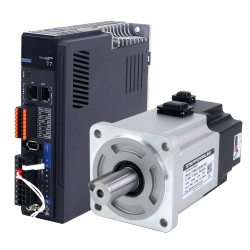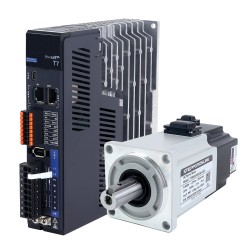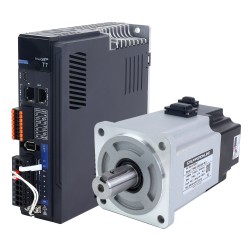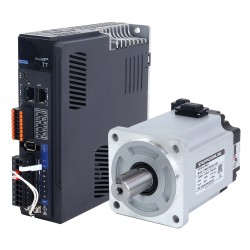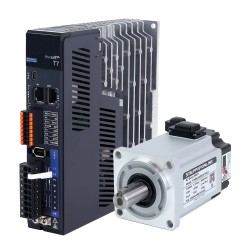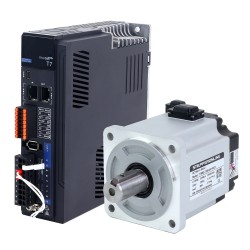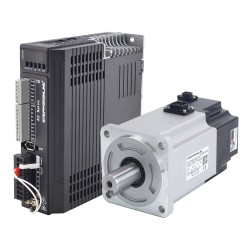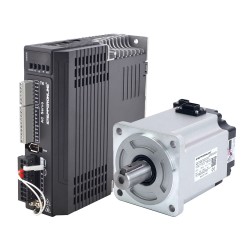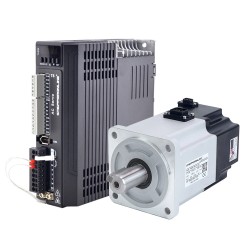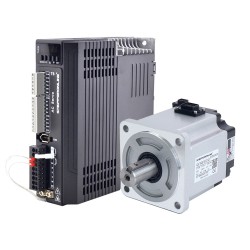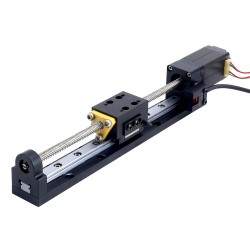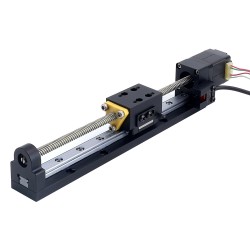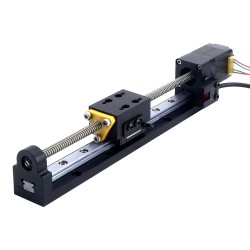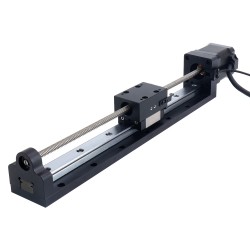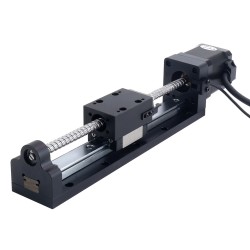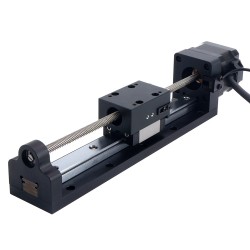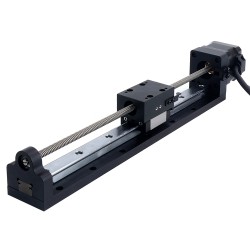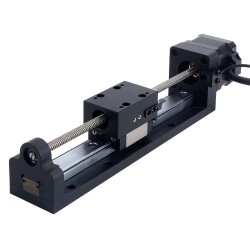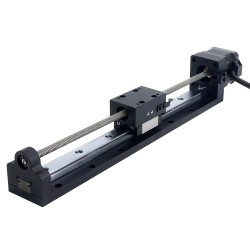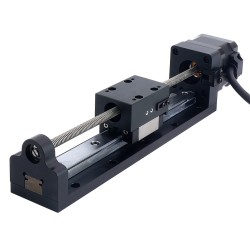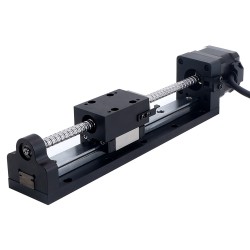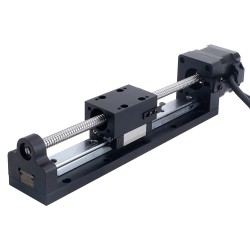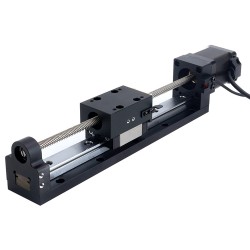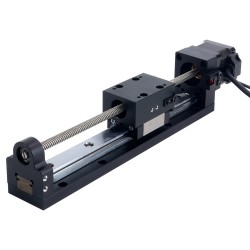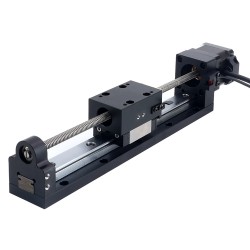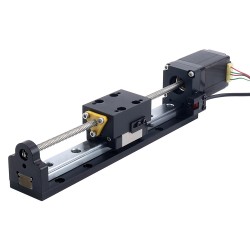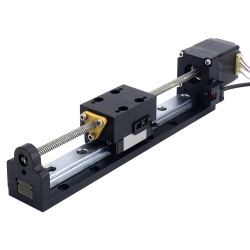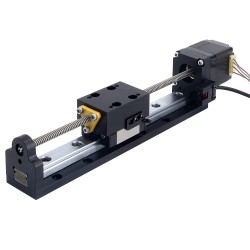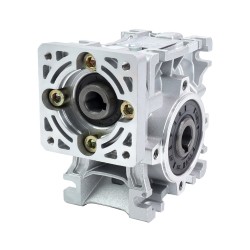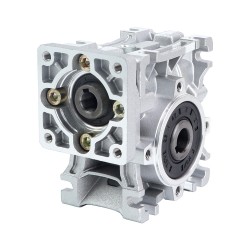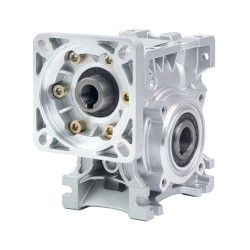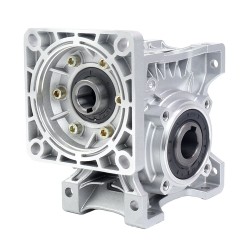25 Apr
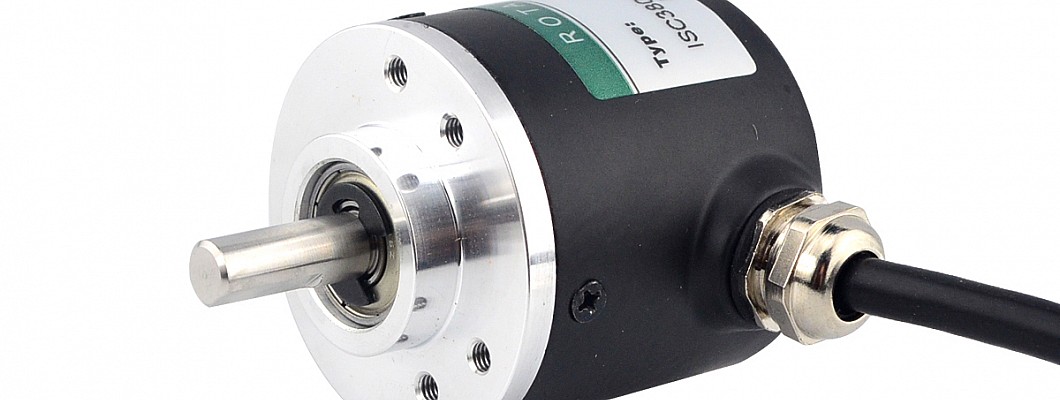

An encoder is a sensor used to measure the position and speed of mechanical motion and convert it into a digital signal. Based on their working principles and output types, encoders can be classified into various types. Here are several common types of encoders:
- Optical encoders: Use a grating or optical pulse technology to measure position and speed. This type of encoder typically has high resolution and accuracy and can be used for measuring high-speed motion.
- Magnetic encoders: Use magnetic materials and magnetic sensors to measure position and speed. This type of encoder is typically used for measurement in harsh environments such as high temperature or humidity.
- Mechanical encoders: Use mechanical contact or gears to measure position and speed. This type of encoder is typically simpler but has lower accuracy and resolution.
When selecting the appropriate encoder for a motor, the following factors need to be considered:
- Resolution: The encoder's resolution determines the accuracy of the rotational angle it can measure. Generally, the higher the resolution, the higher the accuracy. However, high-resolution encoders are also more expensive.
- Accuracy: The encoder's accuracy refers to how precisely it can measure the rotational angle. High-precision encoders can provide more accurate position feedback.
- Environmental conditions: When selecting an encoder, environmental conditions such as temperature, humidity, and vibration need to be considered. Some encoders may require a higher protection rating to adapt to harsh environmental conditions.
- Motor type: Different types of motors require different types of encoders. For example, DC motors typically require incremental encoders, while AC motors typically require absolute encoders.
- Application requirements: Different applications have different requirements for encoders. Some applications require high-speed rotation and require high-speed encoders. Some applications require high-precision position control and require high-precision encoders.
In summary, selecting the appropriate encoder requires considering the above factors comprehensively and selecting based on specific application requirements. It is also important to ensure compatibility between the encoder and the motor interface.






















































